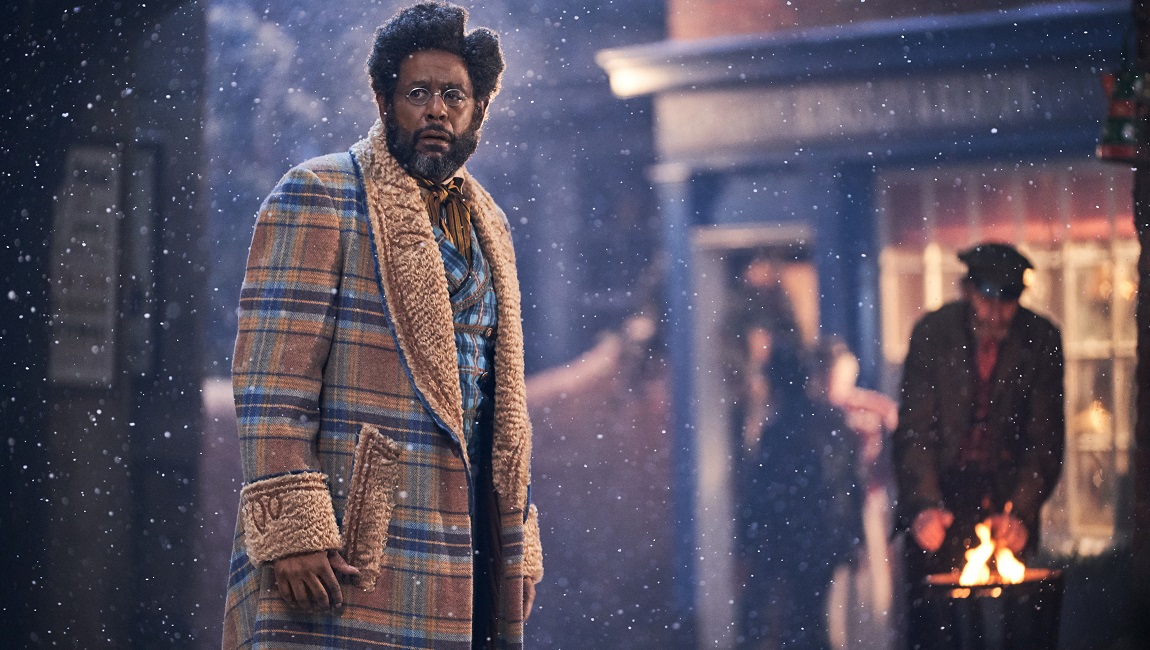The familiar chime of a Skype tone soundtracks a procession of festival laurels and production logos. Then, the sound swiftly vanishes, replaced by silence over a line of text: “Berlin, April 5th 2020.” Though Dragana Jovanović spares explicit Covid references in her first feature, Aurora’s Dream, the pandemic looms spectral across the movie. The film documents the bleak early-lockdown era through the dreams of a quarantined population: over low-res Skype transmissions, subjects recount intimate dreams, sewing a tapestry of unconscious narratives. Sleep becomes refuge from a waking life ravaged by disaster and uncertainty — the suffocating borders of physical containment are transcended by the infinitude of dreamspace.
Each subject dreams differently. Some dreams carry symbolic weight, others are irreverent vignettes. They range from spiritual visions to autofellatio fantasies to confused excursions with Jeffrey Epstein. Yet none of these narratives are visualized; they remain verbal accounts, regaled over webcam. Most of the movie unfolds in homes, with subjects sprawled across couches or dancing in bedrooms. The rest comprises static images from paintings, assembling a gallery of visual counterpoints. These inserts are sometimes too literal; a curated series of works depicting slumbering figures evokes an unimaginative parallel to the quarantined dreamer narrative.
Yet the inclusion of “high art” offers an effective compositional juxtaposition. Jovanović’s eye for framing and blocking mirrors classical orientations, as one particularly painterly shot captures a woman curved in repose across a black leather couch, her long blonde hair flowing, neon orange dress sparkling in the light, and legs arched downwards into a shamelessly staged position. The director mines drama from the pose rather than motion, and despite their inspiration from a canon of visual art, her canvases are contrapuntal: pixelated Skype tableaux, rippling with ISO noise. Aurora’s Dream commits an act of translation, reappropriating an established formal language for a new platform (digital video conferencing) and a new context (early-Covid isolation).
The film also moves beyond individual reverie into a unified experience. Its exchange of dream stories weaves interconnections amidst a period of absolute solitude. In conceiving Aurora’s Dream, Jovanović conducts a collaborative process. She extracts dreams — the epitome of individual material, since they have no perceptibility beyond the dreamer’s mind — and turns them into a space of dialogue. It’s strange to watch Aurora’s Dream as it premieres, over three years after the emergence of Covid as a global pandemic; though the virus persists, the seclusion of its early days and accompanying mentality have largely been shed. For better or worse, the film is a time capsule archiving both the (di)spirit of its milieu and its perfunctory, morale-building gestures.
Published as part of InRO Weekly — Volume 1, Issue 27







